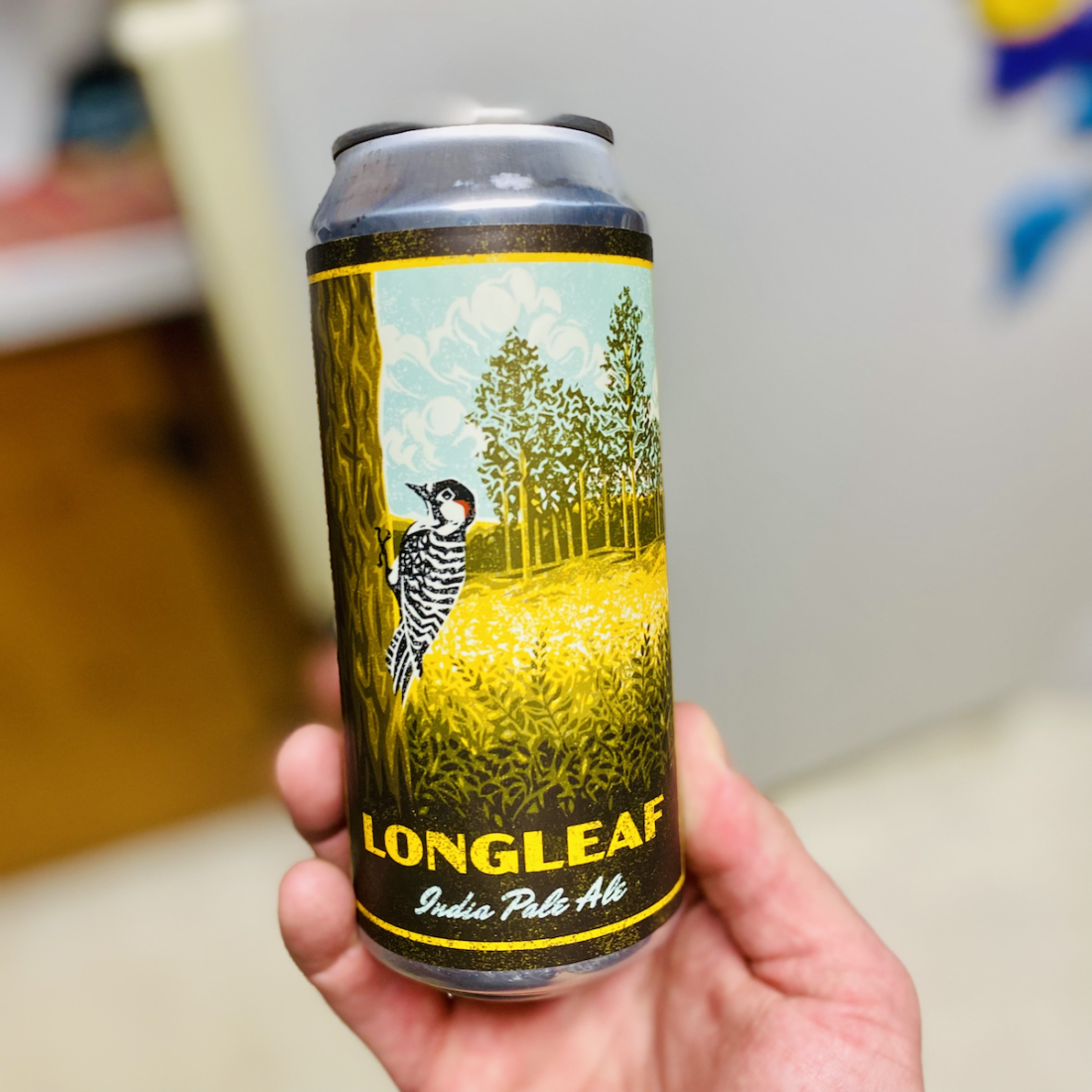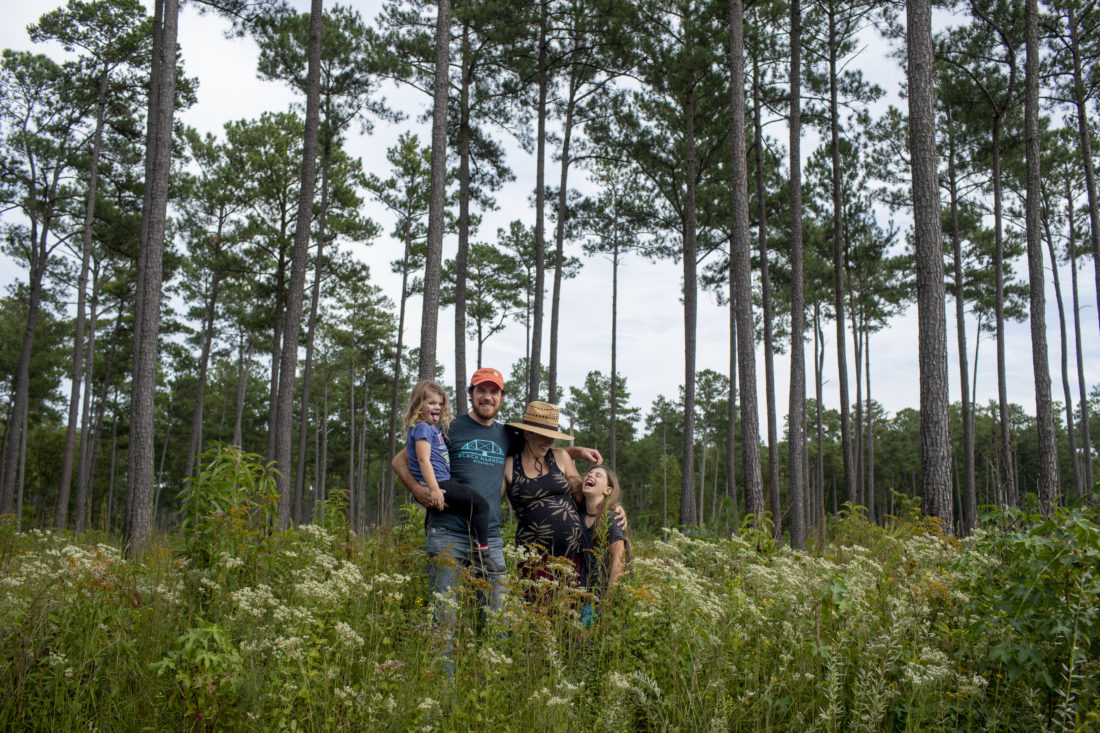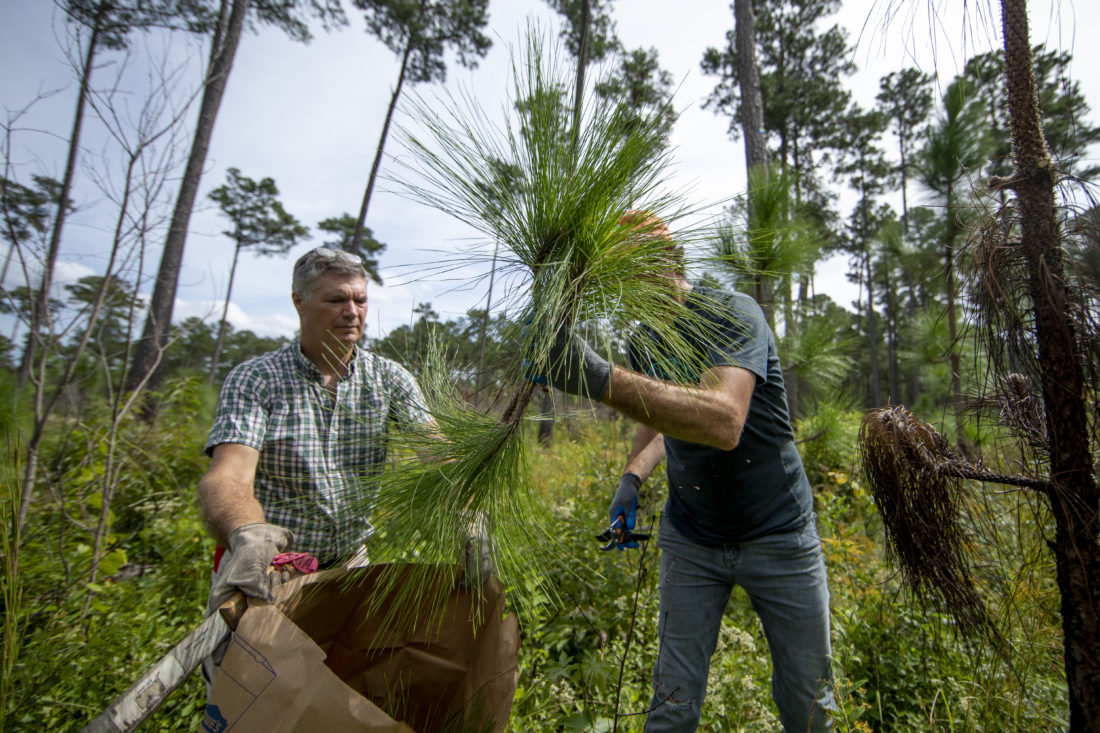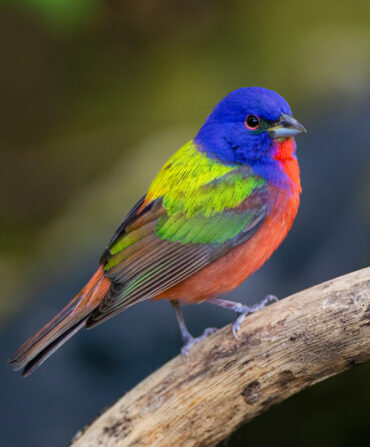Josh Chapman, who co-founded Black Narrows Brewing Co. on Chincoteague Island, Virginia, approaches brewing beer like he approached cooking in his former life as a chef: “Find the best local ingredients in season and do the least to them,” he says. In Virginia, the search for those ingredients led him to longleaf pine, a tree—and an entire ecosystem—that was once a defining feature of the South’s landscape. The brewery’s new beer, Long Leaf IPA, showcases the threatened tree and its story.

Before unsustainable logging and years of fire suppression, longleaf pine covered ninety two million acres from east Texas to Virginia. Creatures as varied as red-cockaded woodpeckers, eastern diamondback rattlesnakes, bobwhite quail, and flatwoods salamanders evolved to live on sun-soaked, pine-dotted, grassy savannas that stretched as far as the eye could see. The tree, with its long feathery needles, reddish rough bark, and large, prickly cones, still grows among other pine species and in protected pockets across the Southeast, including in Florida, Georgia, and the Carolinas. But less than three percent of that original longleaf blanket remains. Virginia’s southeast corner is home to the Piney Grove Preserve, a 4,000-acre protected area that the Nature Conservancy manages for the reestablishment of longleaf and all the biodiversity associated with it.
When Chapman read a story about longleaf restoration work in Virginia, he knew he’d found his local ingredient, and he partnered with TNC to make a single batch of longleaf pine beer in 2019. It was such a hit that Chapman headed back out to Piney Grove Preserve this fall to harvest whole branches, needles and all, with an eye on upping production. “It’s a lost world of sorts, this forest that feels like it’s the way a forest can be if we give it the space and care that it needs,” he says. Bobby Clontz, the preserve’s manager, helped Chapman and his family gather what they needed without negatively affecting the forest—they harvested from trees between six and about fifteen years of age, and removed only lower branches that would burn off in the controlled fires TNC conducts every two to three years to maintain the forest.
The former dominance of longleaf pine was tied to burning. Historically, lightning strikes and Native American activity meant that the forests burned in a constant low-intensity mosaic across the landscape. Longleaf survived such frequent fire due to a set of unique adaptations, including a grass stage in which needles cluster around and protect its bud from fire, and extra thick bark and twig stems once it grows into a tree. Clontz suspects that those very adaptations might have a hand in what makes it such a flavorful beer ingredient. “This is speculative, but I would guess that these large diameter stems hold a lot more volume of the sap and the terpenes and the liquids that flavor the beer as compared to what you’d get from other pines.”

Back at the brewery on Chincoteague—a converted oyster shucking house—Chapman used his materials strategically. “We look at everything as an ingredient with a flavor and an aromatic profile and use each according to their gifts and talents,” he says. The branches went into the 140°F to 160°F mash. “Because of that temperature, you’re extracting depth of flavor and piney warmth without extracting a bunch of tannin.” The needles came later—Chapman let them steep as a kind of late addition hops. “As soon as that hot water hit those needles, the aroma just exploded dramatically in the brewhouse.”
The resulting beer—of which Chapman brewed the most of anything he’s produced to date—is deep and earthy, with notes of grapefruit and bubblegum, and he describes the finish as softly resinous, like pine sap. “It’s a beer that tells a Virginia story—the story of a forgotten forest that people like Bobby have worked silently for decades to save.”

Today, the beer is available at Black Narrows Brewing Co., and at Craft Beer Cellar, Red Hen, and Pizzeria Paradiso Spring Valley in D.C., with more vendors to come. Learn more about longleaf pine, and see a video about the Piney Grove Preserve and the beer’s production here.








